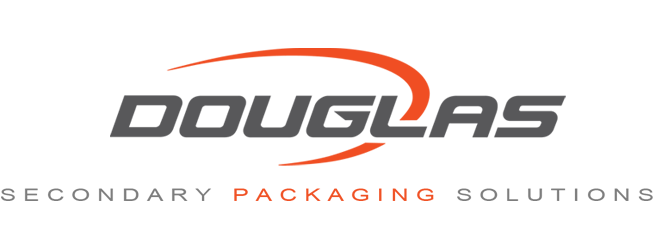Safety in a manufacturing environment is essential in preventing and reducing workplace injuries. The safety of Douglas employees is always at the top of our list. To keep safety front-of-mind, we have taken many proactive measures and implemented a number of programs to enhance our company safety campaign. All employee owners and guests need to be aware of and involved in executing safe practices in order to truly create a safe working environment. Through increased communication and awareness, we make it a priority to ensure a high level of safety for all of our employees, customers, vendors and guests.
Due to our increased focus and commitment to safety, we are excited to share that Douglas has earned a Governor’s Safety Award! Douglas will be recognized for excellence in workplace safety and health during the Governor’s Safety Awards ceremony on May 7 – 8, 2019 during the 85th annual Minnesota Safety & Health Conference at Mystic Lake Center. We are one of 294 employers to be honored through the awards program, coordinated by the Minnesota Safety Council.
“Every day in Minnesota, about 100 workers get injured or ill to the point that they can’t go back to their job the next day,” said Paul Aasen, president of the Minnesota Safety Council. “Congratulations to
Douglas for their hard work to make sure their employees are not part of this statistic.”
Since 1934, the annual Governor’s Safety Awards program has honored Minnesota employers with exceptional safety performance. Applicants are judged on several years of injury data as it compares with their industry’s national statistics, and on their progress in implementing a comprehensive safety program.
Winners are recognized at three levels:
- Meritorious Achievement (170 winners): Incidence rates that are better than the industry average for at least three years, and a score between 50 and 74 on a 100-point safety program evaluation scale.
- Outstanding Achievement (83 winners): Continuing improvement and/or a continuing outstanding record with incident rates that are 51%-90% better than the industry average, and a score between 75 and 90 on the safety program evaluation scale.
- Award of Honor (41 winners): Incidence rates at least 91% better than the industry average, and a score between 91 and 100 on the safety program evaluation scale.
Douglas received a Meritorious Achievement Award for exemplary workplace safety results in 2018. The Governor’s Safety Awards recognition is part of the Minnesota Safety & Health Conference, coordinated by the Minnesota Safety Council. The conference is the oldest and one of the largest gatherings of workplace safety and health professionals in the region. The Minnesota Safety Council, founded in 1928, is a non-governmental, not-for-profit organization dedicated to improving the quality of life in Minnesota by preventing unintentional injuries.
As part of our comprehensive safety program, we have implemented regular safety inspections and audits, Job Hazard Analysis (JHA), a Near Miss program which is a method to report potential hazards that have not yet taken place, and utilized one of our programs called DIPs (Douglas Improvement Projects) for employees to submit ideas to improve productivity, quality, safety and other practices. A strong focus on safety-related DIPs has drawn positive attention toward employees looking for ways to perform their daily tasks in a safer manner.
Training also plays an important role at Douglas for on-the-job safety. We have developed a Douglas Safety Management System on our intranet site that provides one location for access to training, such as general safety, AWAIR, Right to Know and multi-topic training videos. Additional safety programs can be found on this site to help ensure employees are performing their daily tasks safely, to protect themselves, and to protect their co-workers.
Douglas takes ownership of designing, planning and arranging work processes within the company so that safety hazards are eliminated or minimized. A Safety Manager, Safety Technician and Corporate Safety Committee work together to increase safety awareness and work with all employees so they can contribute to providing a safe and healthy work environment.
At Douglas, we believe that the foundation of any successful workplace safety effort is one that encourages employees to identify unsafe behaviors and opportunities for improvement while also making well-informed safety decisions during daily routine tasks. We are thankful to have earned this recognition and continue to make safety a priority in our daily environment. We are also committed to providing a safe, customer-driven experience for our customers. Through warranty programs, maintenance programs, training & documentation and remote technical support, you can be assured that Douglas is there by your side so you can experience safe operation of your equipment, for the life of your machine.
